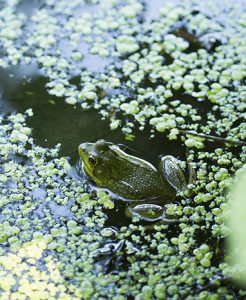Saving Our Swamplands
Posted in Horticulture on February 15 2017, by Kristine Paulus
Kristine Paulus is NYBG’s Plant Records Manager. She is responsible for the curation of The Lionel Goldfrank III Computerized Catalog of the Living Collections. She manages nomenclature standards and the plant labels for all exhibitions, gardens, and collections, while coordinating with staff, scientists, students, and the public on all garden-related plant information.

Swamps have an undeserved negative reputation, and it’s no help when the word is used as a derogatory metaphor. A swamp is a type of wetland, one of our most important ecosystems. Wetlands control flooding, filter pollutants, slow erosion, improve water quality, store carbon, and provide necessary habitat for a wide range of plants and wildlife.
The Mitsubishi Wild Wetland Trail, a diverse landscape at NYBG, contains three kinds of wetlands: freshwater marsh, pond, and swamp.
Found on all continents except Antarctica, swamps are a type of wetland which is dominated by trees and shrubs. Trees that grow here have adapted to growing in very wet soil. Woody vegetation growing in the swamp area of the Wetland Trail includes willow, maple, buttonbush, dawn-redwood, bald-cypress, alder, oak, dogwood, and more.
